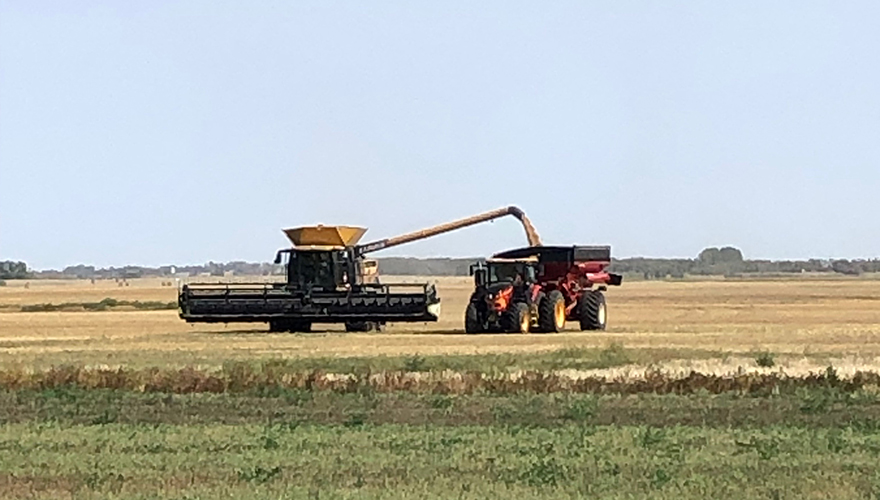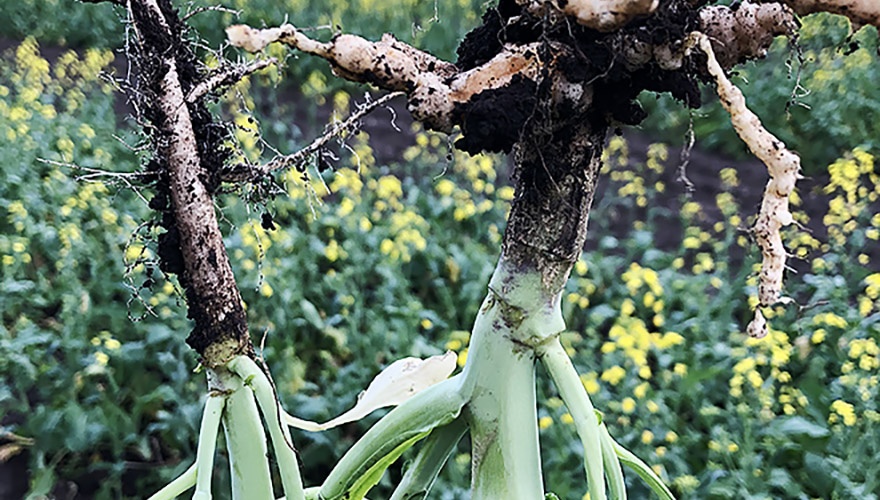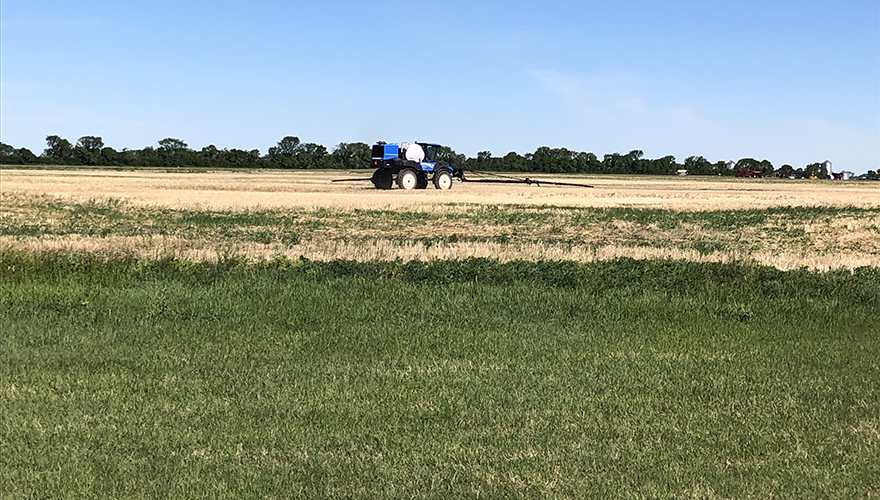Posted October 25, 2018
Making Most Out Cereal Seed Quality
The already short western Canadian growing season, coupled with the abnormally high moisture during harvest has presented some challenges to cereal growers. Crops were sitting at physiological maturity in the field while snow and rain in many areas prevented any harvest action. Delayed harvest can allow more time for late season disease growth on seed, and poor germination for seed crops.
The end result of a delayed harvest is often poor-quality seed ending up in the bin according to Lyle Cowell, Manager of Agronomic Services with Nutrien Ag Solutions in northeast Saskatchewan.
“The delays may also lead to pre-harvest sprouting in some crops,” says Cowell. “Growers may see kernels start to swell and begin sprouting and then poor seed survival.”
To ensure high quality seed, Cowell says the crop needs to be stored dry after harvest. Using heat to dry grain can cause germination loss, so care must be taken.
“Seed with a high moisture content, or dried too quickly will lose its germination,” he says. “Once seed is in safe storage, a sample should be sent to a lab to test the seed quality. The test can show a measure of germination as well as vigour and disease levels.”
Cowell says if the germination is good, the risk of seedling diseases can be reduced by careful application of a fungicide seed treatment. Poor seed can’t be fixed later in the season so growers should work with their Nutrien Ag Solutions agronomist to select the right cereal seed treatment.
“Like all products that growers use, the benefit needs to outweigh the cost. In many cases, the cost of seed treatment is quite small relative to other input costs and nothing is more valuable than a well-established crop in spring.”
Cowell also stresses the importance of measuring seed viability early this year in anticipation of strong demand for Certified Seed in the spring.
“Keep in mind that a good grade for seed sold at an elevator does not make it good seed to grow a crop. Certified seed ensures that it has been properly tested for the qualities that really matter. If you require new certified seed for 2019 in a specific variety, it’s better to have a plan in place for your required seed and seed treatments well in advance.”
Stored seed should be tested again in the spring before seeding, as germination can decrease in the bin during the winter.
PRODUCT SPOTLIGHT
 Seed treatments can help overcome early season and soil-borne diseases like loose smut, seedling blight and pre-emergent damping off.
Seed treatments can help overcome early season and soil-borne diseases like loose smut, seedling blight and pre-emergent damping off.
Consider products like Deflect and Loveland Vitaflo from Loveland Products for economic, early season protection to aid in germination and seedling vigour.
FEATURED LINKS
NEWSLETTER
Want to stay caught up in all things agriculture? Sign up for the newsletter and get all the latest news straight to your inbox.
Grainews QA New Variety Selection
Posted November 20, 2018





